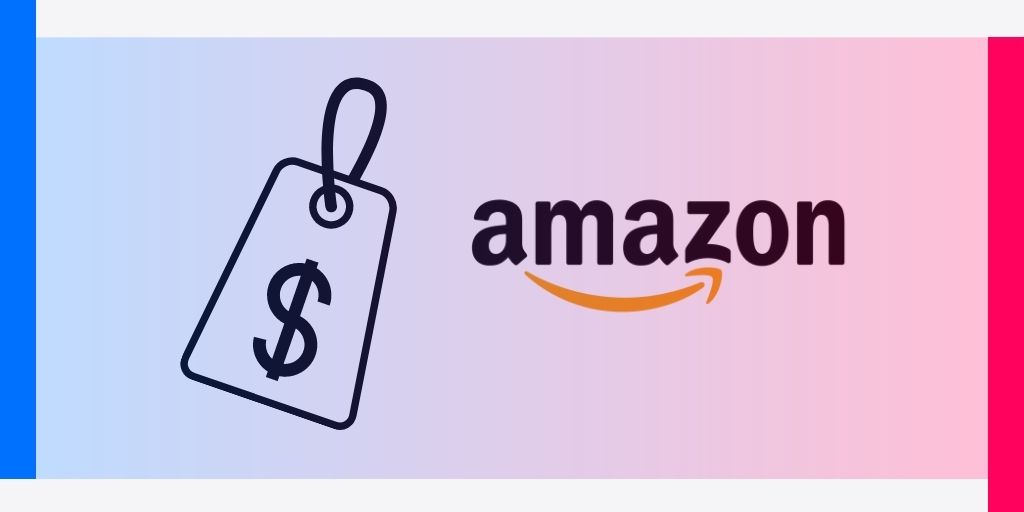
What is Amazon’s dynamic pricing strategy?
09/16/2022 - Dynamic pricing
Amazon has been gambling on dynamic pricing strategies almost since the start of its global expansion in 2012. Since then, Jeff Bezos’ marketplace has not stopped climbing the ladder in the race to become the biggest internet giant. His innovative implementation of dynamic pricing is probably one of the reasons it has achieved it. How does Amazon use dynamic pricing? Why is it the benchmark for many other online sales businesses?
How do prices change on Amazon?
Amazon makes an average of 2.5 million changes a day. Its catalogue comprises a trifling 400 million products. Imagine how large the groups established in their dynamic pricing strategy would need to be to create the correct relationships between variables, and the different parameters taken into account when changing prices. Without a shadow of a doubt, these figures reflect the company’s refined dynamic pricing strategy.
According to a 2018 study by Minderest, Amazon may alter product prices by up to 20% when its competitors offer promotions or discounts. However, it does this gradually to achieve maximum profitability based on the sales forecast. In this way, it manages to be the cheapest and stays in control of its profit margin. Expert Tip: Maximum profit for your business is found by defining the balance between the best price and the sales ratio you will get with it.
Why is Amazon’s dynamic pricing successful?
Amazon is one of the best rated online stores by consumers, both for usability and customer satisfaction. The fact that their changing pricing strategy is known to everyone is one of the values that makes them so outstanding for their users. Users are fully aware that they can make their purchases at optimal times with better prices.
Amazon customers know that prices vary, and they also care about how they work. There are already price trackers that allow them to compare the best historical price of the product that interests them and find out when might be a good time to buy.
On the highest discount dates like Prime Day, Black Friday and Cyber Monday, you can easily identify a good deal, or if the price increased before the discount was applied.

What factors does Amazon use in its dynamic pricing?
Amazon’s dynamic pricing strategy is a closely guarded secret. It is scrutinised by experts to understand how it works. Price monitoring software and catalogue studies provide insight for this task, as with any other competitive price analysis.
However, despite the secrecy in Amazon’s dynamic pricing strategy, you can surmise the global parameters that the behemoth uses to execute its price changes.
Amazon price change factors can be divided between global values, which refer to market behaviour, and user values, which only affect the consumer’s history and their customer journey. Let’s see what these variables are.
- Demand volume. Amazon applies different price changes based on expected market demand for the product. In addition, it takes into account whether this demand is seasonal, predictable, and what kind of need drives the user to make the purchase: fashion, need, peer pressure…
- Stock volume. As with everything, the more unique the product is, the higher the cost involved. On Amazon, if stock units are already low, and continued demand is expected, prices are likely to increase, provided this will not limit a consumer segment’s purchases.
- Product visit: Frequency and repetition. By using cookies to track the user, the sales platform knows how many times they have viewed the same product, whether they viewed the product at a certain time, or whether they tend to browse related products together. This enables the implementation of more attractive pricing strategies for the potential buyer, to help improve the sales figure, and the average value of each transaction.
- Day and time of purchase. As in the tourism industry, the purchase of certain products is sometimes pigeonholed to certain days of the week or even particular times of the day. These are probably the moments when the user has more time to browse, compare, and decide. It is at these times that Amazon promotes defined price changes.
Amazon’s dynamic pricing strategy has drawn a line in the sand, creating a before and after in the way you shop online. Their positive consumer perception and recurrent revenue growth show that a dynamic pricing strategy is a sure-fire bet for any e-commerce business wanting to sell more and better. Will you let Reactev help you achieve it for your business?
Category: Dynamic pricing
